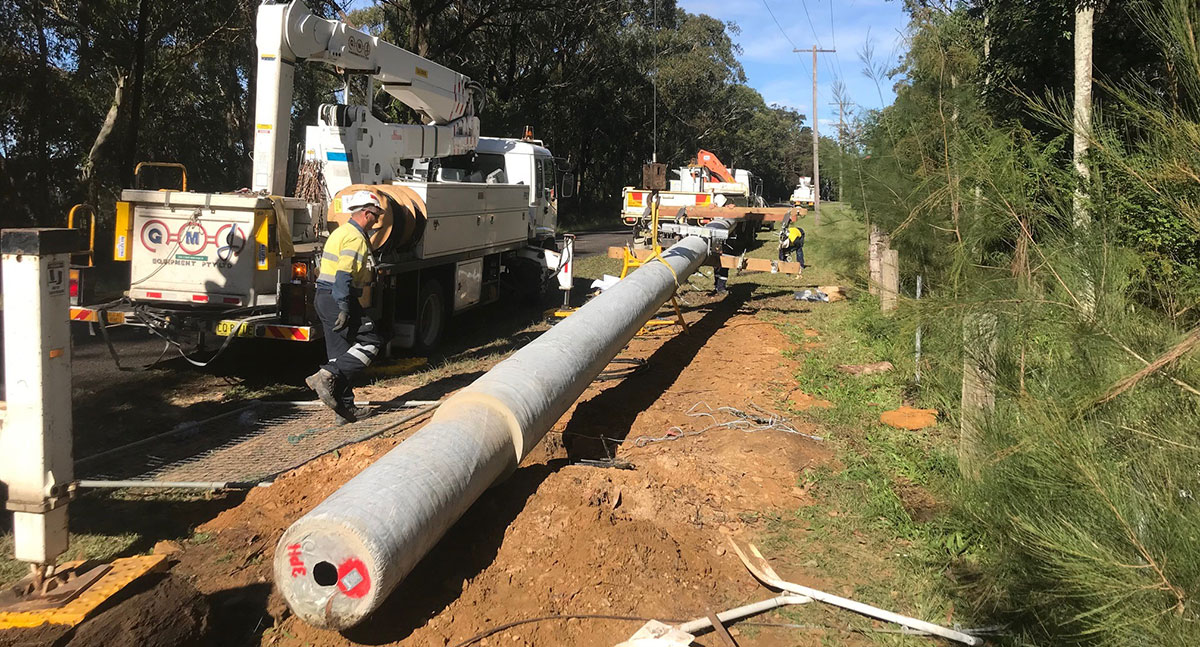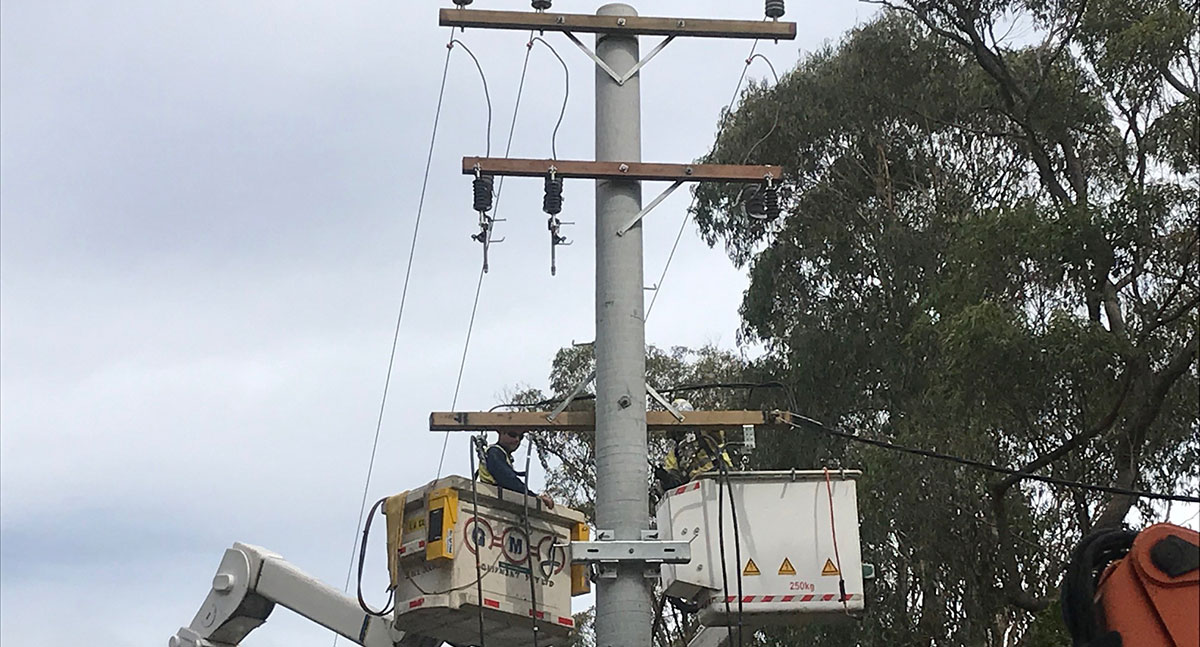
The Australian electricity market splits work related to power distribution into two categories: contestable and non-contestable. While contestable works are open to competition and can be executed by different accredited entities, non-contestable works are solely the domain of the incumbent electrical distribution company.
What are Contestable Works?
Contestable works in the Australian electricity market refer to tasks that can be done by either the local electrical distribution company or an accredited third-party provider. They are “contested” in the sense that multiple providers can bid to carry out these works.
Contestable works often include tasks related to the construction, extension, or augmentation of the distribution network. They foster competition, encourage efficiency, and can be performed by any accredited service provider.
Contestable works drive competition, leading to potential cost savings for the consumers and promoting innovation within the sector.
There are three types of contestable services for which ASPs require separate accreditation:
- Level 1 (ASP/1) construction of network infrastructure
- Level 2 (ASP/2) connection of premises to the network
- Level 3 (ASP/3) design of new and modified infrastructure.
In most cases, you’ll just need a Level 2 ASP to link your property to our network. However, if the network requires enhancements to support your connection, you might need a Level 3 ASP for designing those changes and a Level 1 ASP to carry out the construction work.
Examples of Contestable Work
- Managing projects
- Creating comprehensive plans
- Designing overhead and underground structures, inclusive of surveying and drafting services
- Handling construction, encompassing the supply of all materials and finalised construction plans.

What are Non-contestable Works?
Non-contestable works, on the other hand, can only be performed by the incumbent electricity distribution company. These tasks are considered “non-contested” because they do not provide a space for competition.
Non-contestable works typically involve regular maintenance, operation, and administration of the distribution network. These works are exclusive to the incumbent distributor, and as such, there is no opportunity for market competition.
Non-contestable works, while lacking competitive pressure, provide a stable income source for distribution companies and ensure the consistent operation of the network.
Examples of Non-Contestable Work
- Planning for the electricity network
- Endorsement of master and design plans
- Enhancement tasks
- Conducting final field and quality assurance audits
- Updating of records
- Tasks that must be carried out on our existing assets, including tie-ins.
The Role of the Australian Energy Regulator (AER)
The AER plays a pivotal role in designating works as either contestable or non-contestable, balancing competition with the need for reliable network operations.
For starters, the AER is responsible for defining which activities are deemed contestable, meaning that they can be executed by any accredited service provider, and which ones are non-contestable, meaning that they can only be performed by the Distribution Network Service Provider.
This distinction is critical because it allows for a balanced approach to the electricity market, ensuring both competitive forces and reliable network operations. Contestable works encourage competitiveness, fostering a dynamic and innovative industry and potentially lowering costs for consumers. On the other hand, non-contestable works are often fundamental to the reliable operation and maintenance of the electricity network, which is essential to keep the power flowing consistently to consumers.
The Australian Energy Regulator (AER) released a nationwide Guideline on Ring-fencing to stimulate competitiveness in the power service market. This Guideline bars Endeavour Energy, Essential Energy and Ausgrid, along with all other Distribution Network Service Providers, from offering competitive power services that any competent electrician can undertake.
